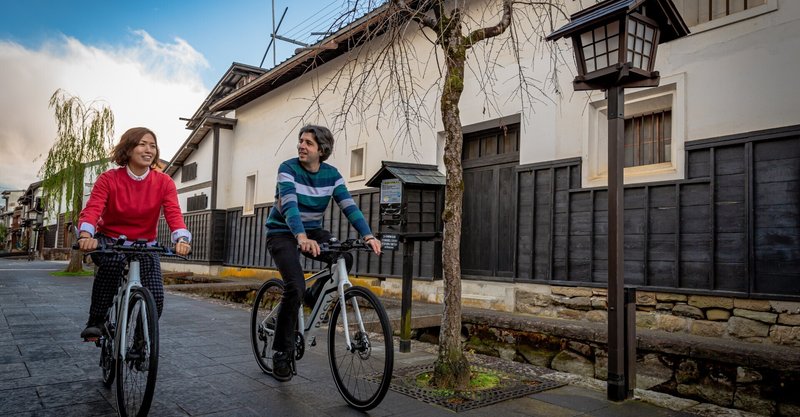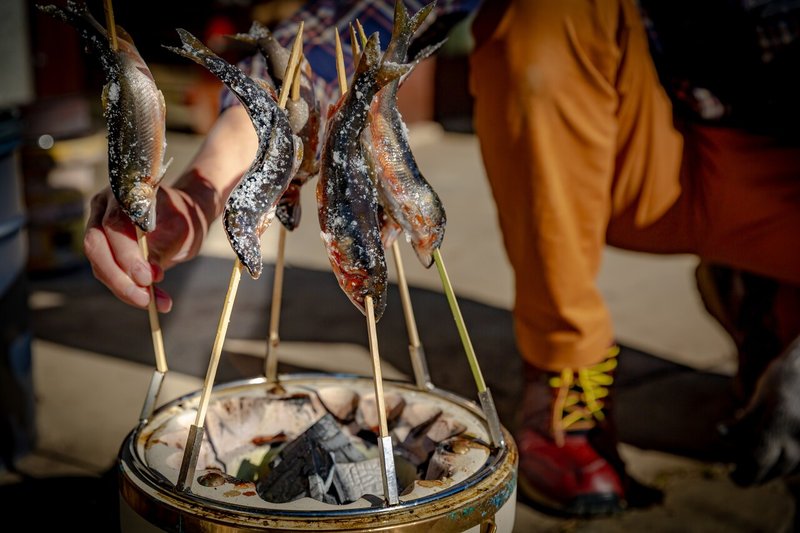
持続可能な観光とSDGs(岐阜県の視察)
空港や港がないにもかかわらず、岐阜県は2019年の訪日外国人旅行者数が944,644人(※)と、日本で最も人気のある旅行先トップ15に入っています。飛騨エリアの北部が最も多くの観光客を集めており、岐阜県内では高山や白川郷が人気の旅行先となっています。もちろん、岐阜には他にも様々なジャンルの魅力がたくさんあり、私もこの6年間で多くの魅力的な体験の視察や造成に携わらせていただくという光栄に浴してきました。最近では、岐阜県では、国連の持続可能な開発目標(SDGs)に焦点をあてた体験を普及させることで、持続可能な観光開発(サスティナブルツーリズム)を推進しています。
昨年12月には、世界的に重要な農業遺産に指定されている長良川の鮎、下呂温泉の温泉を地域に配湯するシステム、飛騨・山県・揖斐川地域の里山の暮らしや文化など、海外旅行者のSDGs意識向上につながるコンテンツを提供している岐阜の複数の事業者を訪問しました。今回の視察では、岐阜県にある、持続可能な観光のためのグローバル基準に合致した観光地の選定への新たなアプローチ開拓のポテンシャルだけでなく、日本の他の多くの地域でも同様のポテンシャルがあることが明らかになりました。
文化遺産、自然遺産、農業遺産、地域の生活様式、伝統、工芸品など、地域社会に大きな影響を与えるものが数多くあり、これらはすべてSDGsの中核的なバリューを表しています。そういったコンテンツを見つけるのではなく、持続可能で再生可能な旅の開発に向けて、全く新しいタイプの戦略で実践していくことが重要です。
このような観光戦略を実現するためには、SDGs 関連コンテンツの本質・コアバリューを引き出すことが不可欠です。例えば、長良川の鵜飼漁は、ユニークな夜のエンターテイメントとして紹介することで、従来の旅行者を惹きつけることができますが、持続可能な観光へと昇華させるためには、別のアプローチが必要です。
付加価値の例としては、地元ガイドによる歴史的背景を踏まえた解説、長良川鵜飼資料館の訪問、鵜匠が暮らし鮎を育てている裏通りの見学など、鵜匠との直接交流などが考えられます。世界的に重要な農業遺産である「鮎」と、代々受け継がれてきた伝統文化遺産である「鵜飼」に着目し、持続可能な旅のためのグローバル基準(参考:観光庁が公表する日本語版)に対応するだけでなく、地域社会の課題やハードルを認識してもらい、その結果として、次なる再生可能な旅(リジェネラティブトラベル)へとつなげていきます。SDGsに関連したコンテンツへのアプローチは、最新のグローバル旅行トレンドのコアバリューをPRせずに容易に誘客のマーケティングができないような、特にアクセスの悪い僻地での体験(観光)で、必要だと考えます。特にポスト・コロナ時代の未来の海外旅行者は、自分たちの旅行消費が地域社会にどのようなメリットをもたらすのかに、関心を払うようになるでしょう。今こそ、日本の多くの地域が持つ豊かなコンテンツをPRするための、新たなアプローチを構築していくべき良い機会だと思います。
※ 訪日ラボ、岐阜県インバウンド需要参考

(英文)
Despite not having an airport or a port, Gifu prefecture is among the Top 15 most popular destinations for international travelers in Japan, with 944 644 visitors in 2019. The northern part of Hida area attracts the biggest amount of visitors, with Takayama and Shirakawa-go being the most popular destinations within Gifu. Of course, Gifu has plenty of other attractions from various genres and in the past 6 years I have had the honour to inspect and consult the creation of many attractive activities. Recently, Gifu prefecture is promoting the development of sustainable tourism through popularizing activities which focus on United Nation’s Sustainable Development Goals (SDGs).
Last December I visited multiple sites in Gifu which offer content pertaining to raising the awareness of SDGs among international travelers. For example, Nagaragawa’s Ayu which is designated as a Globally Important Agricultural Heritage, Gero Onsen’s system for distributing the hot spring water among the local community, the local satoyama lifestyle and culture of Hida, Yamagata and Ibigawa areas. The inspection revealed not only the potential of Gifu prefecture to develop a new approach for selecting travel destinations which answers the global criteria for sustainable tourism, but also similar potential in many other areas of Japan. There are numerous cultural, natural and agricultural heritage sites, local lifestyle patterns, traditions and crafts with a great impact on local communities, all of which represent core values of the SDGs. It is not a matter of finding such content, but implementing it in a completely new type of strategy towards the development of sustainable and regenerative travel.
Extracting the essence and core value of SDG-related content is essential for the accomplishment of such tourism strategies. Ukai cormorant fishing in Nagaragawa can be presented as a peculiar form of night-time entertainment and this will be enough to attract the usual travelers, but a different approach is necessary to elevate this to sustainable tourism. Examples of added value would be an explanation by a local guide in a historical context, visiting the Nagaragawa Ukai Museum, seeing the backstreets where cormorant-fishing masters (usho) live and breed their cormorants, direct interaction with a cormorant-fishing master (usho). With a focus on ayu as a globally important agriculture heritage and ukai as a traditional cultural heritage passed down from generations, the activity will not only correspond to the global criteria for sustainable travel (Japan’s Tourism Agency has released the Japanese version of these criteria), but will raise awareness towards the current issues and hurdles of the local communities – subsequently leading to the next stage of regenerative travel. Such approach towards SDG-related content is necessary especially for activities located in remote places with a limited accessibility which cannot be easily marketed if they don’t represent core values of the modern global travel trends. Future international travelers, particularly in the post-COVID era, will be paying extra attention to the way their consumption benefits the local communities. Now is a good time to build a new approach towards presenting the rich content that many regions in Japan are blessed with.
この記事が気に入ったらサポートをしてみませんか?
